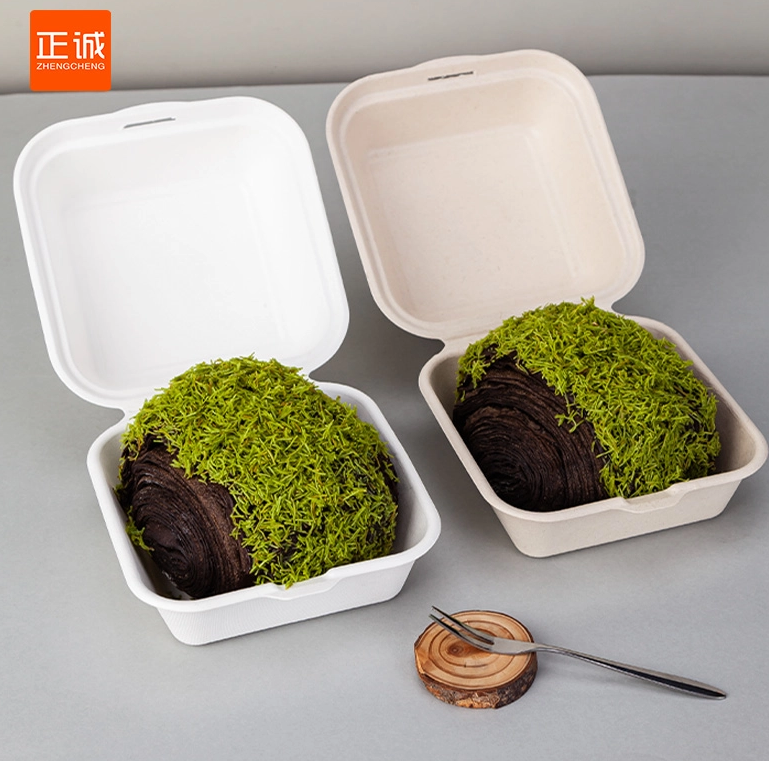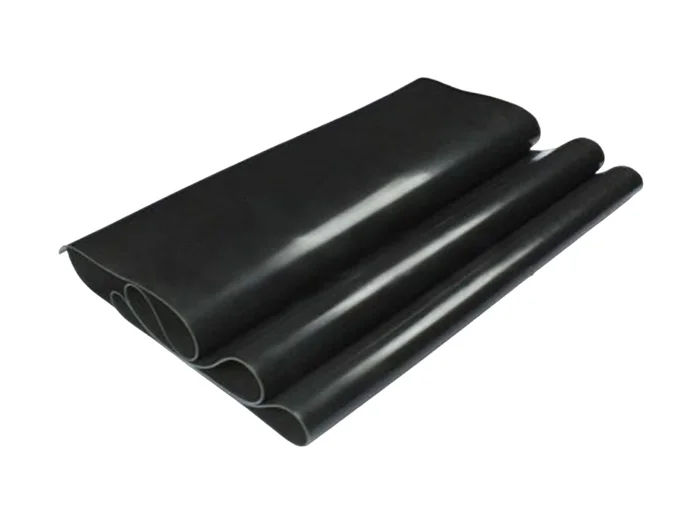Essential Equipment for Crafting High-Quality Screen Print Transfers: A Comprehensive Guide
3 min readIn the world of custom apparel and promotional products, screen print transfers have emerged as a popular method for applying intricate designs to various fabrics. Whether you're a small business owner looking to expand your product offerings or a hobbyist eager to create personalized items, understanding the machinery required for producing screen print transfers is crucial. This article delves into the essential equipment you need to create high-quality screen print transfers, ensuring your designs stand out in a competitive market.
Understanding Screen Print Transfers
Before diving into the machinery, it's important to grasp what screen print transfers are. Essentially, they are designs printed onto a special transfer paper using screen printing techniques. Once printed, these designs can be heat-pressed onto garments or other substrates, allowing for vibrant colors and detailed graphics. The process is favored for its versatility and durability, making it ideal for both small runs and larger production needs.
Key Machinery for Screen Print Transfers
- Screen Printing Press The heart of the screen printing process is the screen printing press. There are various types of presses available, including manual, semi-automatic, and fully automatic models. For small businesses or hobbyists, a manual press may suffice, while larger operations may benefit from the efficiency of automatic presses. When selecting a press, consider the following:
- Number of Colors: Choose a press that accommodates the number of colors in your designs. Multi-color designs require a press with multiple stations.
- Print Size: Ensure the press can handle the dimensions of your transfer designs.
- Ease of Use: Look for features that simplify setup and adjustments, especially if you are new to screen printing.
- Exposure Unit An exposure unit is essential for creating screens. It uses UV light to transfer your design onto a light-sensitive emulsion coated on a screen. When selecting an exposure unit, consider:
- Size: Ensure it can accommodate the size of your screens.
- Light Source: LED exposure units are becoming popular due to their efficiency and longevity.
- Screen Printing Frames and Mesh The frames hold the mesh that carries your design. The mesh count determines the level of detail you can achieve. Higher mesh counts (e.g., 230-305) are suitable for fine details, while lower counts (e.g., 110-160) are better for bold designs. Invest in durable frames that can withstand repeated use.
- Heat Press Machine A heat press is crucial for transferring your designs onto garments. There are various types of heat presses, including clamshell, swing-away, and multi-function models. When choosing a heat press, consider:
- Temperature and Pressure Control: Accurate temperature and pressure settings are vital for successful transfers.
- Size of the Platen: Ensure the platen size matches your typical transfer sizes.
- Curing Equipment After applying the transfer, curing is necessary to ensure the ink adheres properly to the fabric. Depending on your production scale, you may need:
- Conveyor Dryer: Ideal for larger operations, conveyor dryers allow for continuous production.
- Flash Dryer: Useful for curing layers of ink between applications, especially in multi-color designs.
- Software and Design Tools While not machinery in the traditional sense, design software is crucial for creating and preparing your artwork. Programs like Adobe Illustrator or CorelDRAW are industry standards for vector graphics. Additionally, RIP software can help manage color separations and optimize print quality.
Additional Considerations
- Quality Control: Invest in tools for quality control, such as color swatches and sample prints, to ensure consistency in your final products.
- Training and Resources: Familiarize yourself with the equipment through training sessions or online resources. Understanding the nuances of each machine will enhance your production quality and efficiency.
- Maintenance: Regular maintenance of your equipment is essential for longevity and performance. Follow manufacturer guidelines for cleaning and servicing your machines.
Conclusion
Investing in the right machinery for screen print transfers is a pivotal step in establishing a successful printing operation. By understanding the essential equipment and their functions, you can produce high-quality transfers that meet the demands of your customers. Whether you're starting a small business or expanding your creative endeavors, the right tools will empower you to bring your designs to life with precision and professionalism. Embrace the art of screen printing, and watch your creative visions flourish in the world of custom apparel.


